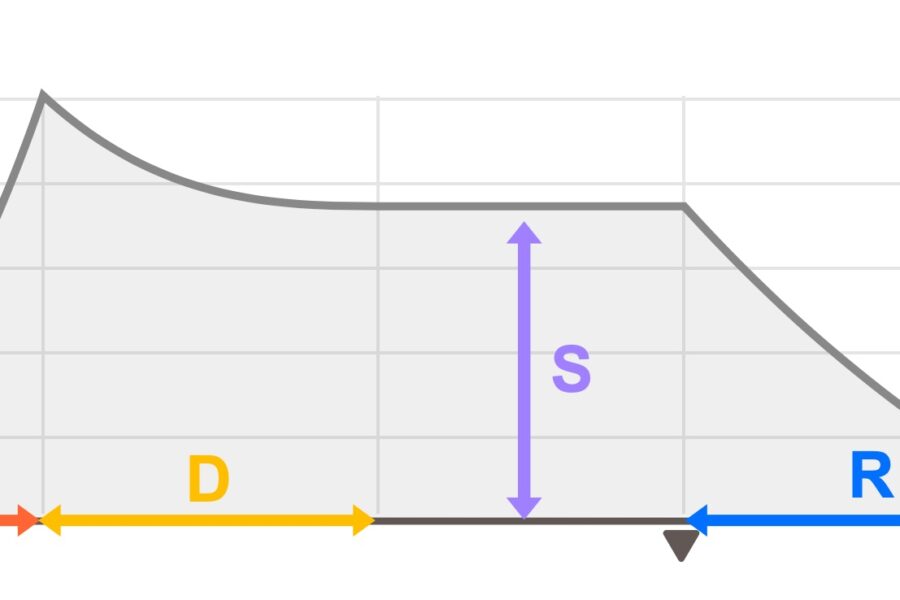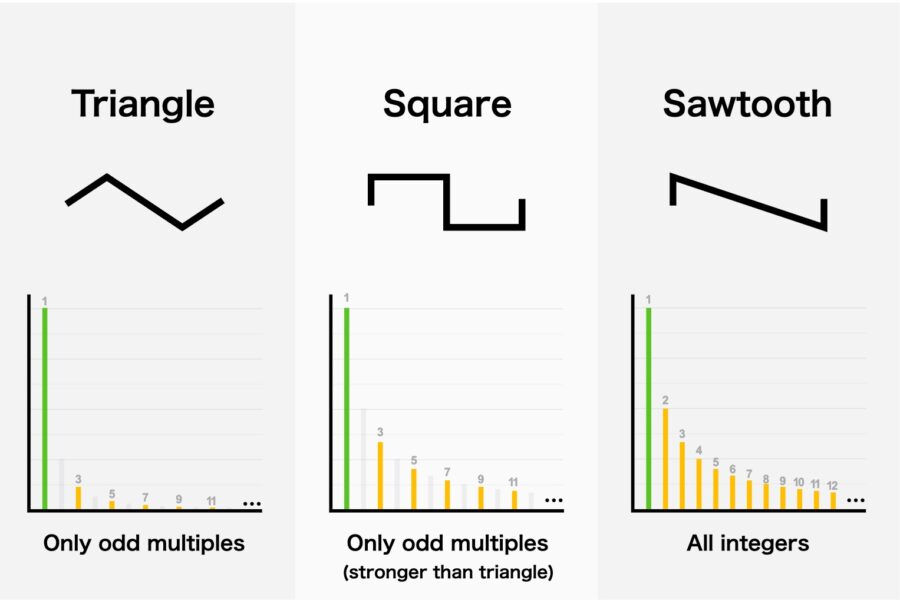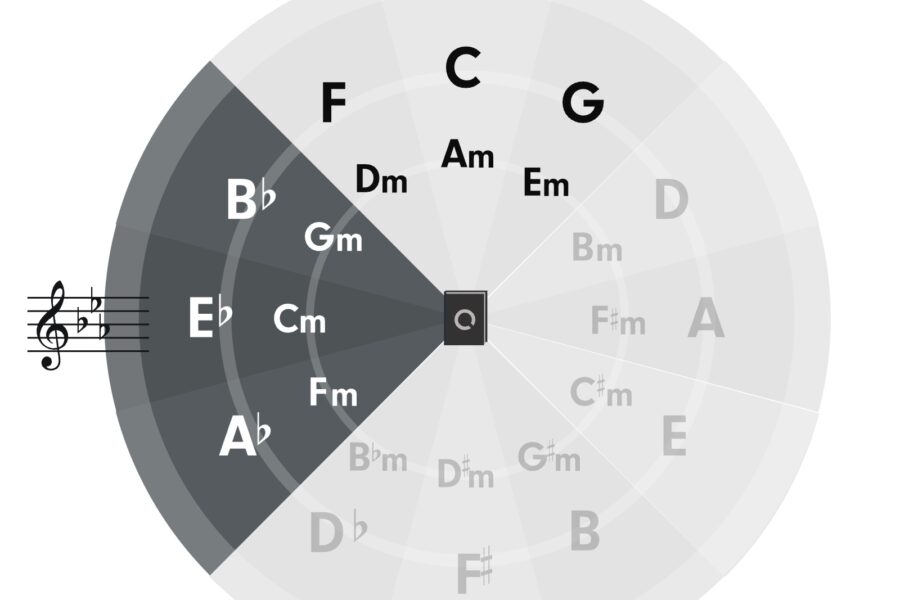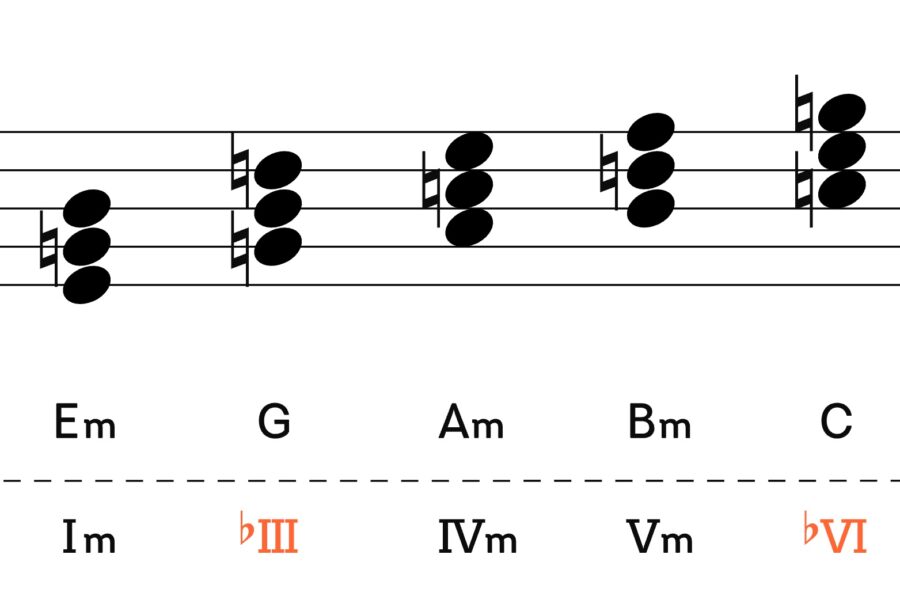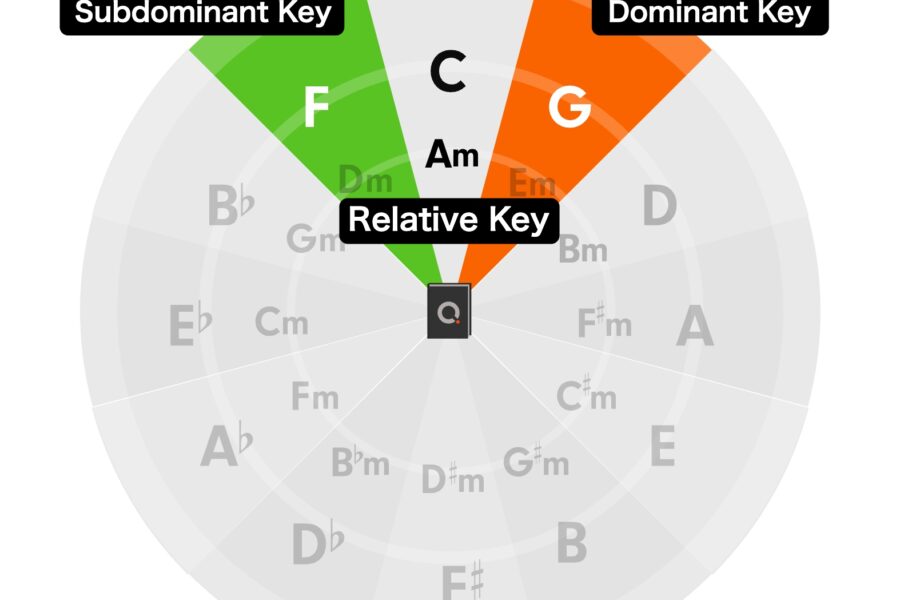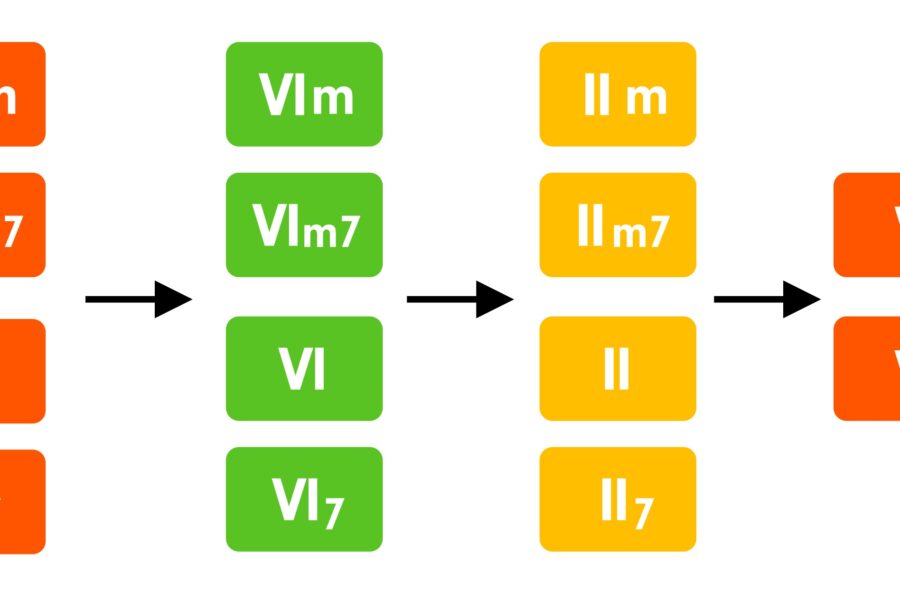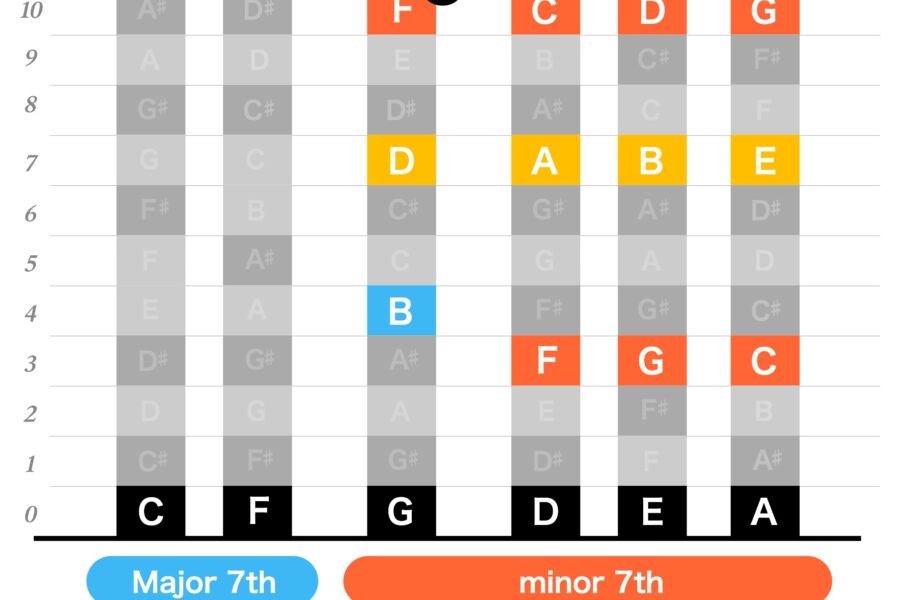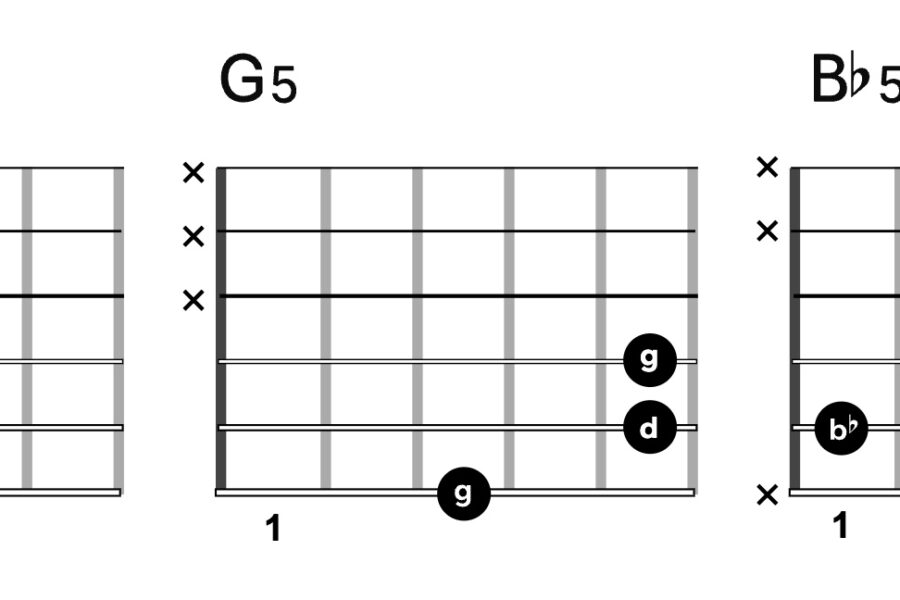1. About Rhythm Theory Rhythm may not be emphasized as much in general music theory. Needless to say that books titled "Chord Theory" or "Harmony" don't treat rhythms, but even in books labeled "Music Theory", references to rhythm are often limited. The reason for this might be that rhythm is what is most intuitively understood and reproduced, and many people…
yutaJuly 1, 2024

